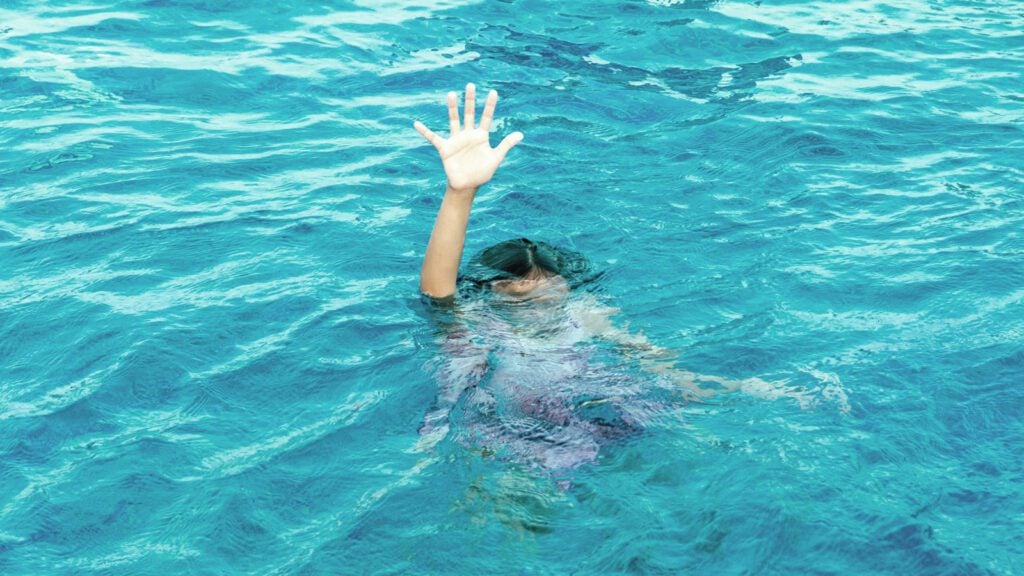In the United States alone, about 3,500 to 4,000 people die of drowning in a year. On average, about 10 people drown in a day. In fact, drowning is the leading cause of death in children from the ages of 5 to 17. But what could be the reason for this?
Contrary to what you may think, drowning people rarely shout, wave, or thrash around in the water when they need help. Most of the time, people there with them fail to see the signs.
What is Instinctive Drowning?
The term instinctive drowning is described as what people do to avoid suffocation in the water. The movements identified in this particular phenomenon are not what we expect them to be. It is less dramatic and may take more observation to catch. The term was coined by Dr. Francesco A. Pia, who studied the behavior.
Except in rare circumstances, drowning people are physiologically unable to call out for help. The respiratory system was designed for breathing. Speech is the secondary or overlaid function. Breathing must be fulfilled before speech occurs
Dr. Francesco Pia
(Source: Slate)
What are the Signs of Drowning?
Television depicts drowning dramatically – waving, splashing, and yelling. This is certainly not the case in real life.
In reality, when we talk about the signs of drowning, here are what experts see;
- Head low in the water with the mouth at water level.
- Head tilted back with open mouth.
- Glassy and empty eyes, unable to focus
- Eyes closed.
- Hair covering forehead or eyes.
- Not using legs while vertical in water.
- Hyperventilating or gasping for air.
- Attempting to swim in a particular direction but with no progress
- Trying to roll over on the back but unable to.
- Appears to be climbing an invisible ladder.
As we have mentioned, most of the drowning cases in the US alone are common in children. And is, in fact, the number one leading cause of injury-related death. (Source: Norton Healthcare)
How Can You Help Someone Drowning?
It is important to note that if you intend on saving someone who is drowning – you must be well-equipped or at least capable of doing so. The last thing you would want is to endanger yourself as well.
- Always call for help. Call the attention of the lifeguard, or other bystanders. Also have emergency care ready to assist.
- Talk to the victim, try to calm them down and prevent unecessary movement that would prevent them from floating. Most importantly try to remind them to keep their mouths and nose above water.
- Opt for the Reach, Throw, Tow, and Go method. Reach for a floatation device first. Throw it towards the person in need and tell them to grab tightly, and tow them out of the water. If there are no floatation devices available, you can opt to use an object that you can keep in between you and the victim. Only use your hands as a last resort.
(Source: Norton Healthcare)
How Can You Help Someone If They Are Unconcious?
While the tips above can be helpful for someone conscious, it is a different case for someone who is not.
When the victim is unconscious, immediately call 911. If you can get in the water safely, turn the person face up, place a floatation device underneath them, and then tow to safety. Before performing CPR, use extra care. If not trained, you can potentially cause more injury. (Source: Norton Healthcare)
Prevention is Key
At the end of the day, the one way to prevent drowning accidents from ever occurring is through prevention. Before going swimming or boating, be sure that everyone in the group can swim. Those that are not should be equipped with the proper safety gear. It is also important to keep floatation devices available in case a rescue needs to be done. (Source: Norton Healthcare)
